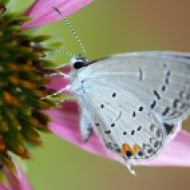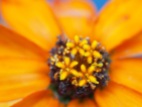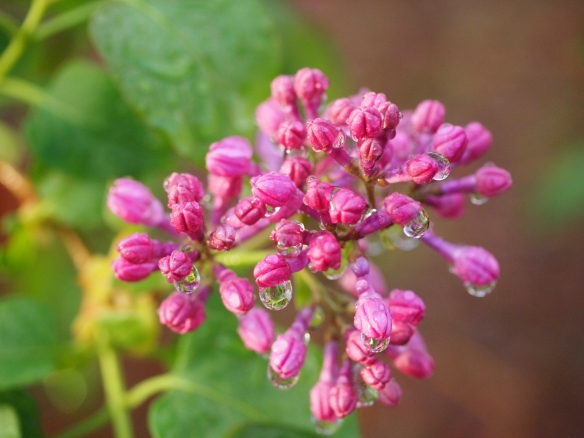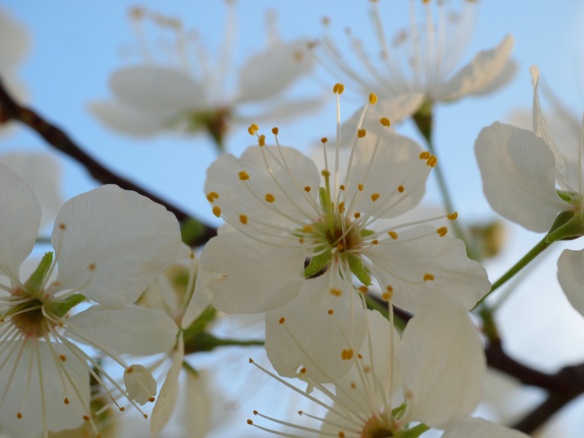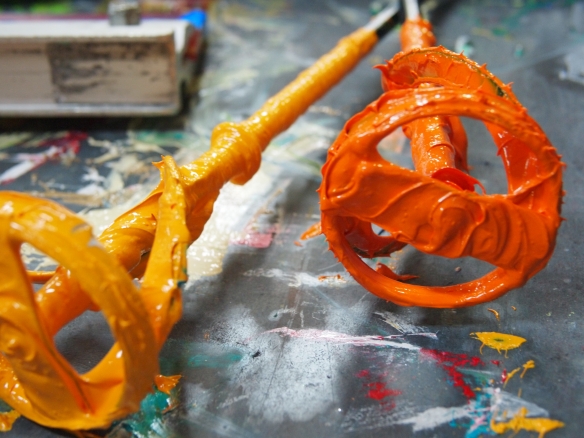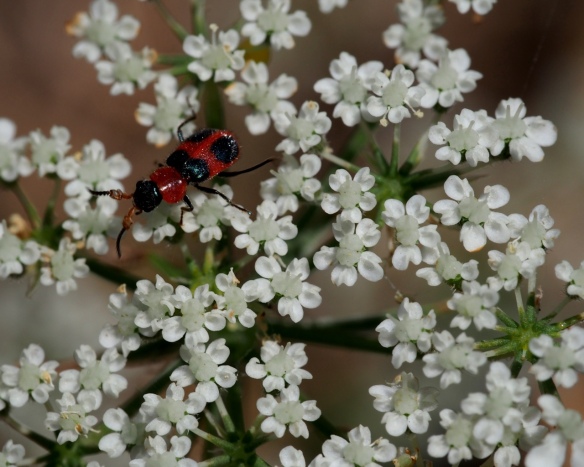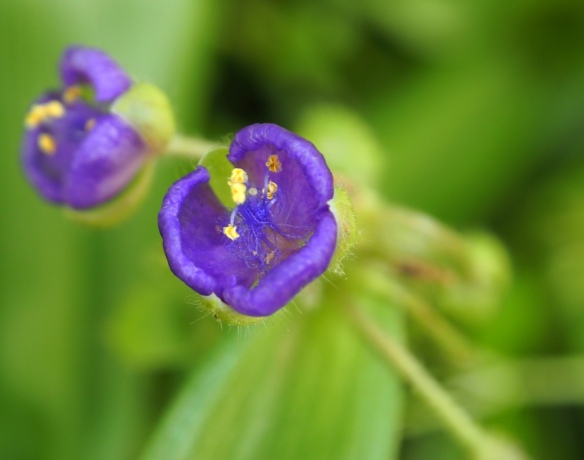Every time I moved to a new city and got a new eye doctor, they would ask it if was OK to bring in all their staff to see my cataracts, they were very unusual, something you might only see a couple of times in a career. One doctor even asked to photograph them – I finally got to see what the fuss was about. They looked like tiny galaxies, circular with swirls radiating from the center.
Now spring forward to 2006, my eye doctor had advised me that I could really benefit from cataract surgery. He suggested that once I began to lose the ability to focus (we all start to experience this in our 40’s) that I seriously should consider it. By this time I was living in a rural area and I was having difficulty driving at night. It never occurred to me that the culprit might be my cataracts, I assumed it was the lack of street lights. I had the surgery one eye at a time. I was the youngest person in the office by about 30 years. None of my fellow patients could imagine me having cataracts. The surgery only took a couple of minutes, and for those seconds between when they remove your old lens and when they replace it with a new one, my field of vision was filled with swirling rainbows through liquid – it was vivid and beautiful.
The next morning when I went out into the sunlight I was stunned by what I saw. I had always had 20/20 vision. I could see details and contrast just fine. In those first moments that morning I realized that I had never really seen color before. I never knew that a lawn was filled with thousands of shades of green and that each blade of grass both cast a shadow and caught a touch of sunlight. I never knew that the parking lot at work was made up of hundreds of greys and browns – I had always seen it as just kinda black. Before my surgery I had taken photos of mostly still life and everyday objects. I loved finding a new way to see something ordinary, but now my eyes were overwhelmed with the vividness of the world around me. I upgraded my camera kit to better capture the color and began to take my camera everywhere.
After work and on weekends I began to seek out color. Autumn leaves, sunsets, spring flowers, songbirds. The first time I had a show locally, a reporter asked me what inspired me and seemed surprised when I said color, since I had so many wildlife shots and landscapes. The subjects of my beloved still lives became more colorful. Color is the unifying theme of almost everything I shoot.
Today, I cannot even imagine the dullness of the world I lived in for so long without knowing it. I live for color and in the spring time when the Ozarks are alive with color. Currently I have a show up here in Eureka Springs called Harbingers – I collected works shot between February and April to represent those things that usher in a glorious spring after a long cold winter. I’ve mounted each on canvas over hard board and fixed then onto stretcher bars exposing the wood sides. I wanted to try to take the technical photography and give it a warmer hand-crafted feel. As spring has blossomed here I continue to add to my Harbinger library – and it’s no surprise that the images are filled with color. The images used in the show are in the slideshow below. Scroll through to see the images larger and to see camera settings.





































































